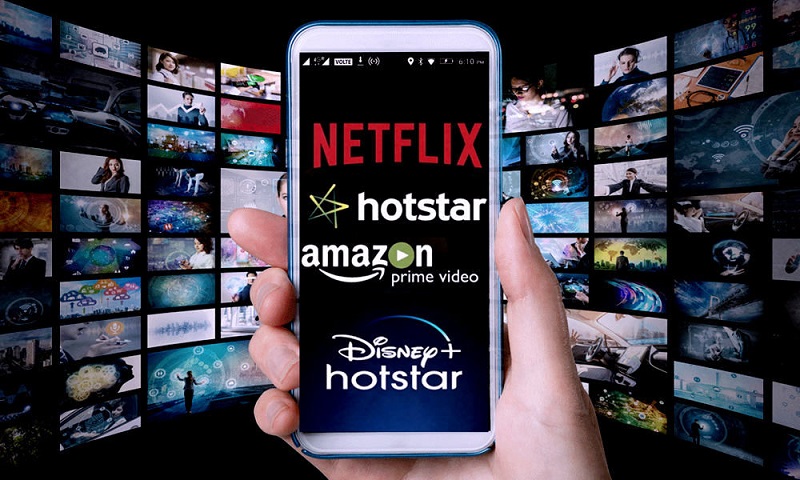
The TV business ain’t what it used to be. With a plethora of streaming services and platforms gaining traction, today’s distribution and monetization ecosystem is much more complicated. The upside, though, is that with careful navigation, any content owner can be their own gatekeeper, develop their own direct to customer relationship, and ensure their brand is accessible and profitable.
So, where to start?
It all begins by asking the right questions when deciding “To Stream or Not to Stream?”
1) What is ‘enough’ or the ‘right’ content?

To launch a streaming channel of merit these days content owners need a minimum of 300+ episodes or 130+ hours of content. Why? 300+ episodes prove to the distribution platforms and your viewers you have enough to cover demand when your channel succeeds. Just “attracting” an audience is not enough. “Keeping” them takes breadth.
Today, there are channels for almost everything. Ask yourself: How will this new channel be different? Without unique, exclusive, or differentiated content, both distribution and users will be hard to find.
2) How and where to distribute content?
Having content is only the beginning. Just as important is getting that content in front of the widest audience possible and monetising it. Between streaming devices (i.e. Roku, Apple, Amazon, and more), Smart TVs (i.e. Samsung, LG, Vizio), Gaming Consoles (i.e., Xbox, Playstation), MVPDs (i.e., Comcast, Verizon), vMVPDs, streaming services (i.e. Pluto, Roku Channel, Tubi and so on) and mobile operators, there is plenty to choose from.
The main consideration is to go wherever the audience is viewing. For example, someone with eSports or younger, gamer-appealing content should definitely consider the game consoles and those platforms skewing younger (i.e. Twitch or mobile) first. However, for most content owners, a “far and wide” strategy is best aka launch on as many platforms as you can.
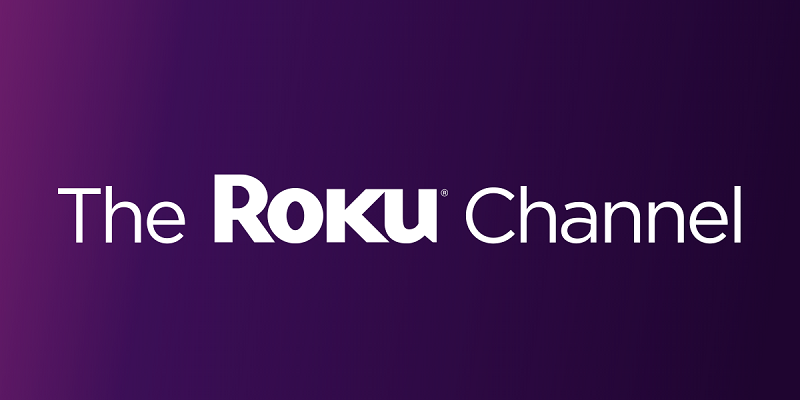
Monetisation, whether subscription or ad-supported, is all about scale. As such, the wider your audience pool to draw from, the more eyeballs you get and the more money you make.
3) How can I maximize revenue?
Once the content and distribution strategy is in place, next decide what monetisation model (VOD, Linear, Transactional, and so on) is best suited to reach the audience and your economic goals.
The average monthly subscription price these days falls between $2.99-4.99/month for average-sized brands, and north or south of $10/month for larger ones. The average CPM for ad-supported channels can range between $10-15, sometimes even as high as $20-35, depending on the targeting, measurement and reporting capabilities.
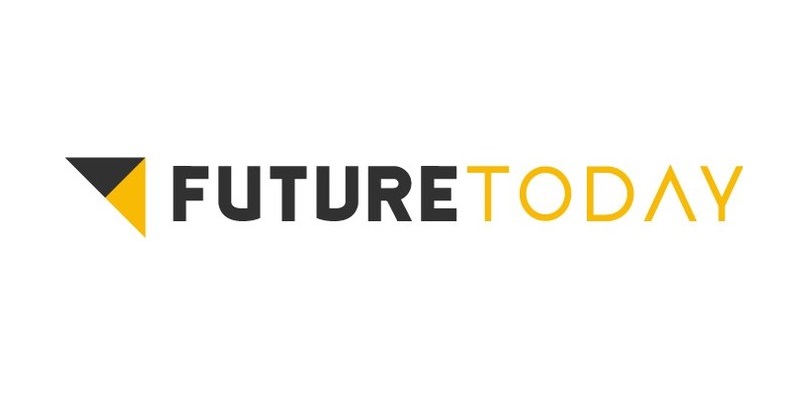
You don’t have to compete with Netflix or Disney+ to have a subscription model. For truly unique, exclusive, or hard-to-get niche content, there will always be a subscription possibility. Channels like Acorn or Crunchy Roll have proven an avid SVOD audience in a niche category can drum up some notable revenue.
If launching in the free category, then the question becomes if you should launch as an AVOD channel or a linear streaming (FAST aka Free Ad Supported Streaming TV) channel. Meaning, an independently owned and operated ad-supported platform on demand (AVOD) or a (FAST) linear channel on someone else’s platform (i.e. Pluto or Samsung TV+). Many “test the waters” as a FAST channel first, build awareness and audience, and then launch an AVOD on their own. In both scenarios, the channel owner will generally split that ad revenue (typically anywhere in the 30 to 50 per cent range) with the platform carrying the channel.
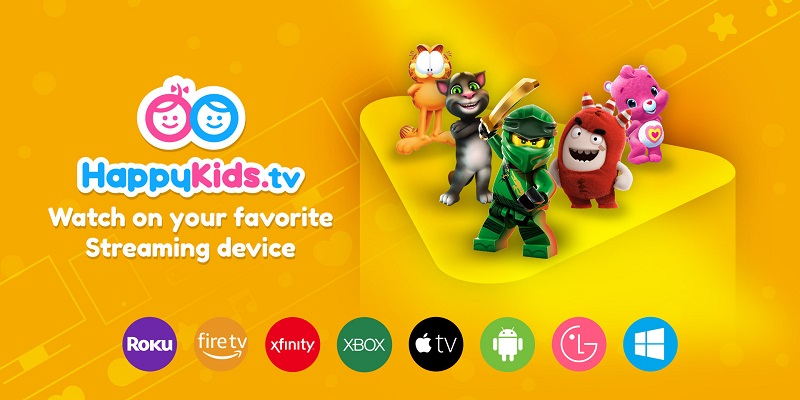
4) Tech and Operations: In-house or outsourced?
Once the content and distribution/monetisation strategies are identified, it’s time to figure out how to get the content ingested, encoded to the multiple platforms, metadata developed, programmed, channel distributed, measured, ads delivered and a myriad of other important operational questions.
There are many “off-the-shelf” solutions, but each comes with its own cadre of gives and takes. With standard solutions come standard features. And while looking like Netflix has its advantages, if the channel is seeking a custom design, it will require a tech team and spend a bundle to get there. So, often the answer is an economic one.
5) How will I solve the problems of Audience Acquisition and Retention?
The channel is built, it’s filled with great content that updates regularly and is too compelling of an offer to miss. How will the channel grow an audience that not only shows up, but sticks around?
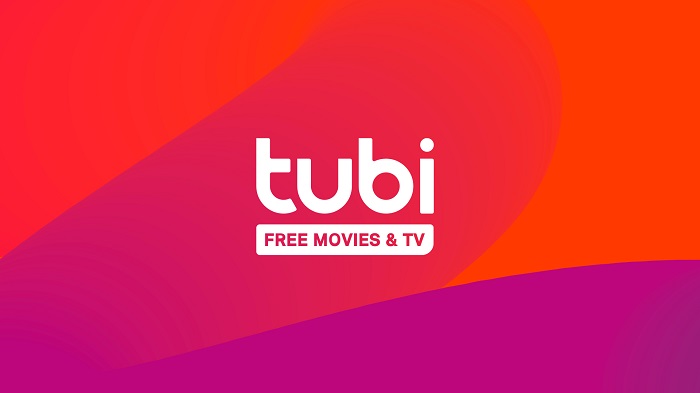
On-platform marketing, social media and direct response paid and unpaid options are available to all, but real success comes to those who build a direct relationship with their audience. With the launch of services such as HBO Max, Peacock, Disney+ and others, the competition for the viewers’ share of watch-time is getting more intense. Remember, keeping an audience is just as important as acquiring them, and this requires clear and consistent communication with the viewers, influencers, and advocates through whatever means – many of which are increasingly getting more expensive – possible.
In summary, the time has never been better to build a content brand on television devices and to control a direct relationship with an audience. Streaming media has hit the mainstream and brands such as BBC and CNN are launching both FAST channels and AVOD/SVOD channels of their own, domestically and internationally.
To stream or not to stream? One thing is certain. The marketplace is filling up with channels. Now is the time for any company with the capacity to launch in streaming media to be answering that question for themselves.
(This article is contributed by Future Today CEO Vikrant Mathur and Animation Xpress does not necessarily subscribe to these views)

